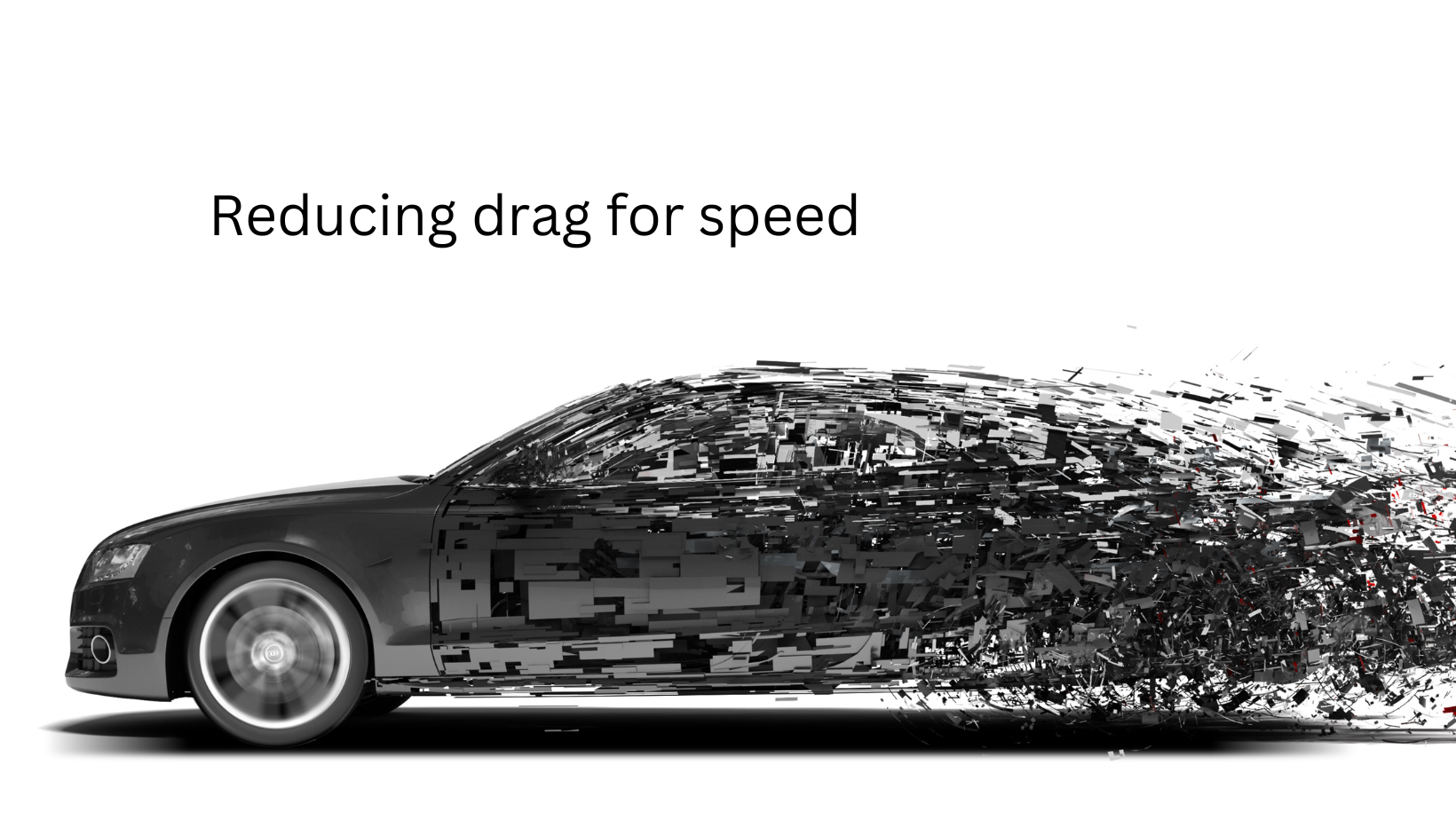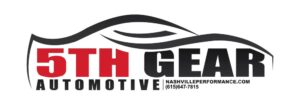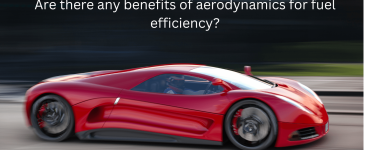Reducing Drag for Speed: Aerodynamic Enhancements for Cars
Unleashing Speed through Aerodynamics
In the quest for speed, reducing drag is a crucial objective for any performance car enthusiast. Aerodynamic enhancements are not just for racing cars; they’re increasingly popular in street cars seeking to maximize speed and efficiency. Let’s dive into the world of automotive aerodynamics, where every curve and angle can make a difference in your car’s performance.

Key Takeaways
- Aerodynamics and Speed: Understanding how airflow affects car performance.
- Key Aerodynamic Components: Spoilers, diffusers, and splitters.
- Benefits: Improved speed, stability, and fuel efficiency.
- Real-World Examples: How aerodynamic tweaks have revolutionized car design.
- DIY Tips: Simple modifications to reduce drag and increase speed.
The Science of Speed: Aerodynamics in Action
Aerodynamics involves the way air interacts with a moving vehicle. Effective aerodynamic design reduces drag, a force that opposes the car’s motion, thereby increasing speed and fuel efficiency.
1. Airflow Basics:
- Importance: Reduces drag, improves stability.
- Principles: Streamlining body design.
- Real-World Impact: See Basics of Car Aerodynamics: Understanding Airflow for Performance.
2. Drag Reduction:
- Goal: Minimize air resistance.
- Techniques: Smooth surfaces, sleek shapes.
- Example: Formula 1 cars.
Key Aerodynamic Enhancements for Your Car
1. Spoilers:
- Function: Redirect airflow to reduce lift.
- Impact: Increases downforce, improves grip.
- Learn More: Benefits of Rear Spoilers: Aerodynamic Enhancements for Cars.
2. Front Splitters:
- Role: Balances front-to-rear downforce.
- Benefits: Better cornering, reduced lift.
- Details: Exploring the Front Splitter Advantages in Automotive Aerodynamics.
3. Diffusers:
- Purpose: Enhances airflow under the car.
- Advantages: Reduces drag, increases stability.
- Application: Common in sports and racing cars.
Aerodynamics and Fuel Economy: A Crucial Connection
- Fuel Efficiency: Reduced drag equals less energy to maintain speed.
- Eco-Friendly: Better aerodynamics can lead to reduced emissions.
- In-Depth Understanding: Discover more at Aerodynamics and Fuel Economy.
DIY Aerodynamic Modifications: Tips and Tricks
- Clean and Wax Car Surface: Reduces surface drag.
- Install Aftermarket Parts: Spoilers, splitters, and diffusers.
- Regular Maintenance: Ensures optimal aerodynamic performance.
Top Aerodynamic Brands for Car Enhancements
| Brand Name | Specialty | Notable Products | Ideal for (Car Type) |
|---|---|---|---|
| APR Performance | High-quality carbon fiber parts | Spoilers, Air Dams | Sports Cars, Street Racers |
| Vorsteiner | Luxury aerodynamic components | Carbon Fiber Diffusers | Luxury and Performance Cars |
| Aero Function | Premium aerodynamic body kits | Wide Body Kits, Spoilers | Custom Builds, Show Cars |
| Seibon | Carbon fiber body components | Hoods, Trunks, Lips | Street and Track Cars |
| Varis | Japanese-inspired aerodynamic kits | Body Kits, Spoilers | JDM and Tuner Cars |
| Mansory | High-end luxury modifications | Body Kits, Interior Mods | Exotic and Luxury Vehicles |
| Rocket Bunny | Bold, aggressive body kits | Wide Body Kits, Fenders | JDM Cars, Drift Cars |
| Liberty Walk | Unique, wide body aerodynamics | Wide Body Kits, Spoilers | Sports Cars, Exotic Cars |
| Nismo | Nissan’s performance division | Aero Parts, Body Kits | Nissan Performance Models |
| ABT Sportsline | German engineering and design | Body Kits, Spoilers | Audi and VW Group Vehicles |
Conclusion about reducing drag for speed: Speed, Efficiency, and Style
In summary, aerodynamics is not just a concern for high-speed racers but for anyone interested in maximizing their vehicle’s performance and efficiency. With the right modifications and understanding, reducing drag can transform your car into a speedier, more fuel-efficient machine, without sacrificing style or stability.





